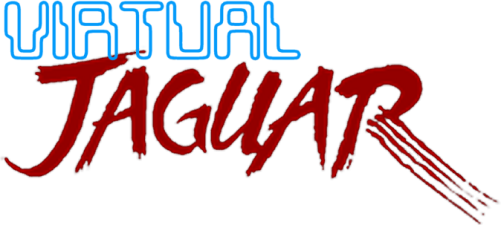

There seems to be a lot of confusion surrounding the various file formats that Jaguar programs come in. To clarify, there are basically four major types of Jaguar binary images that are NOT cartridge images:
The first type, the .abs file, is a DRI/Alcyon format absolute location executable. These come in two different flavors and contain load and run addresses in their headers. Note that some files which have an .abs extension are really incorrectly labelled .bin files with no header information whatsoever.
The second type, the .jag file, is a Jaguar Server executable. These files contain header information that tells you where to load and run the file's executable code. Note that as of this writing (1/1/2004) that the GoodJag ROM renaming tool by Cowering incorrectly renames Jaguar cartridge ROM dumps to have a .jag extension (a better choice, and the one supported by Virtual Jaguar, is .j64)--if you're trying to run a ROM image with a .jag extension on VJ, it will misinterpret it as a Jaguar Server executable and likely fail to run.
The third type, the .rom file, is an Alpine Board/ROM Image file. These files have no header, but are known to load and run at $802000 in the Jaguar memory space. Again, these are different from cartridge dumps since they load at a higher address than a Jaguar cartridge.
The fourth type, the .bin file, is simply a Jaguar executable with no header. Since these files contain no information about where they load and execute, Virtual Jaguar does not support this file type. Go bug the author to release either a file with headers or a file in Alpine ROM format. Virtual Jaguar is not omniscient!
There is a fifth type of file that is supported by Virtual Jaguar, the .j64 file, which is simply a 1, 2, or 4 Meg dump of a Jaguar cartridge ROM which loads at $800000 in the Jaguar memory space.